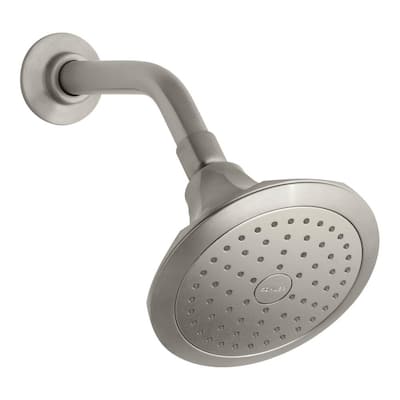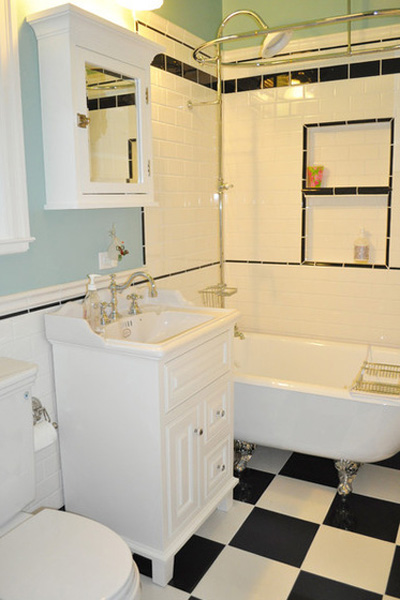{Source What're your opinions concerning 6 Things to Know About When Hiring a Plumbing Services? We recommend that you clean your acrylic bathing product made of Delta ProCrylic or Acrylic with Innovex Technology with non-abrasive soaps and cleaners, such as: When it’s time to clean, always use a terry cloth towel, soft cloth or sponge to avoid scratching the acrylic surface. Don’t use abrasive scrubbing pads, steel wool or sponges, cause permanent damage to the acrylic material. If you use a drain cleaner or clog remover, be sure to rinse thoroughly with water so no product is left standing near the drain. Some chemicals and cleaners may deteriorate acrylic surfaces, causing cracks and, potentially, property damage. To avoid this, don’t use cleaning products that state on their label that they are not suitable for use on Acrylic, ABS, Polystyrene or Plastic. Be sure to check the label of any product before you apply it to the surface; it’s easier to avoid damage than to try to remedy it. Chemicals we do not recommend using to clean acrylic showers/tubs: When you’re ready to apply sealant, a little planning goes a long way. Pick up some painter’s tape and use it to mask off the seam to help make cleaning up easier. When you’re applying the bead, use a constant, steady speed to avoid an uneven finish. Use a caulk tool or a plastic spoon to work the sealant into the joint. Wetting the tool with denatured alcohol will help create a smooth finish. Follow the directions on the back of the tube for cure time. Certain chemicals and cleaners may deteriorate acrylic surfaces, causing cracks and, potentially, property damage. After you’re finished applying it, clean up the product surface and remove any excess sealant with denatured alcohol. Don’t use solvents (turpentine, lacquer thinner, mineral spirits, paint thinner, MEK, xylene, acetone, naphtha, etc.) that can wreak havoc on an acrylic surface. With a little care and consideration, you can prevent damage to your acrylic shower or tub. Keep a supply of soft cloths handy and remove any damaging products or abrasive scrubbing items from the bathroom to ensure they aren’t around when it’s time to clean. https://www.deltafaucet.com/design-innovation/inspiredliving/how-to-clean-acrylic-shower Hopefully you enjoyed reading our part about Hiring a Plumbing Expert. Thanks a ton for taking time to read through our article. If you appreciated our page kindly make sure you remember to pass it around. Thank-you for taking the time to read it.
Polymer baths, shower trays, and also other acrylic bathroom ware have ended up being extra typical in washrooms in current times. Not as sturdy and classy as enamel and porcelain bathrooms as well as components, they are a lot more affordable and also serve rather much the same fundamental function. Some usual instances of damage to acrylic washroom fixtures consist of discoloration, cracks, openings, etc.Scraped shower or bathroom surface
Acrylic restroom fixtures are not abrasion-resistant like enamel ranges. Being an extremely soft material, acrylic scratches can also be hidden without finishing or filling. For these, you need to seek professional help for your bath repair work.Chain reaction
Often, individuals attempt to paint the whole surface of their acrylic bath by themselves either since they do not like the shade to hide imperfections. You should never ever use paint remover on acrylic bathrooms. Paint removers do not react with the surface area of metal baths, they damage acrylic bathrooms irreversibly.Bathroom Staining
With long term use of acrylic bathrooms comes discoloration or staining. While some stains can be gotten rid of quickly, utilizing special chemicals, others call for that the bathroom be resprayed. Aromatherapy oils loosen up the dust in some cases thereby recovering the bathroom to its former glory.Cracked Polymer Baths
The life-span of acrylic and also fiberglass bathrooms is up to 15-20 years for shower frying pans as well as bathrooms, normally. Cracks in an acrylic shower tray are most likely amongst the most convenient problems to repair for a repair service professional. This is the exact same for PVC, resin, and also other such products.
Polymer bathrooms, shower trays, and also various other acrylic shower room ware have actually ended up being extra common in bathrooms in current times. You should never ever utilize paint remover on acrylic bathrooms. Paint cleaners do not react with the surface area of steel bathrooms, they ruin acrylic baths irreversibly. With extended use of acrylic bathrooms comes discoloration or staining. The lifespan of acrylic and fiberglass bathrooms is up to 15-20 years for shower pans and bathrooms, normally.How to clean Acrylic shower
USE THESE NON-ABRASIVE CLEANERS
DO NOT USE THESE CLEANERS
Sealant Application Tips

Get Offer
5 Points No One Informs You around Shower & Bathtub Wall Panels
Call